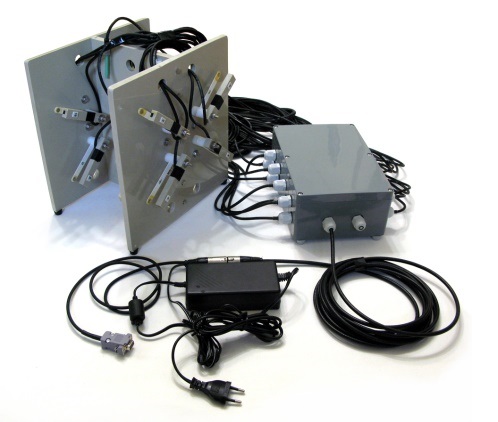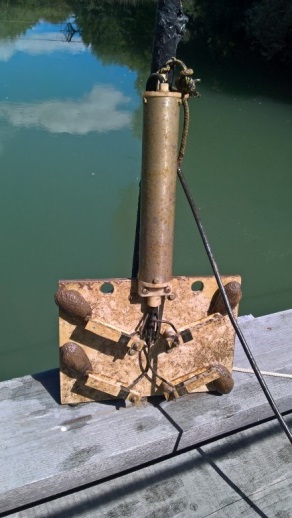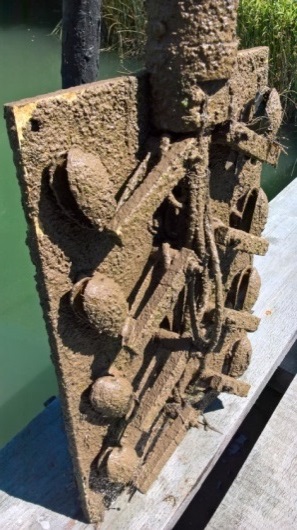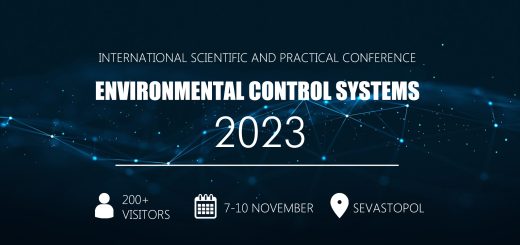It is intended for operational environmental control and detection of toxic natural or anthropogenic pollutants of coastal sea or river waters and watercourses, including at water intakes.
The introduction of bioelectronic systems based on the behavioral reactions of living organisms is a promising direction of environmental control systems and the ecology of water resources. The use of bivalve mollusks as bioindicators, which have a number of advantages in practical use both in laboratory and in autonomous automated meters. Bivalves are present as native organisms in almost all regions of the world and as unattended sensors can function independently for more than a year. Their behavioral reactions are quite convenient for automatic analysis and indication of both sudden and chronic pollution.
Bioelectronic meters for detecting toxic pollution of marine and freshwater environments can be an indispensable part of operational integrated environmental control and monitoring systems. The high autonomy of bivalve mollusks as bio-sensors allows them to be used in unattended meters for longer periods of time (more than a year) compared to automated optical and chemical analyzers (less than a month) in situ.
Laboratory (aquarium) and submersible measuring modules of the experimental system:




Basic metrological characteristics
|
Measured parameter |
Measuring range | Random error | Error rate |
| Temperature, 0С | -2 ÷ 35 | ±0,005 | ±0,05 |
| Changes in the distance between the wings of mussels (8 / 16 pcs.), mm | 1 ÷ 15 | ±0,01 | ±0,1 |

